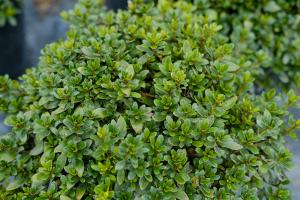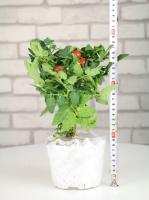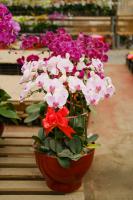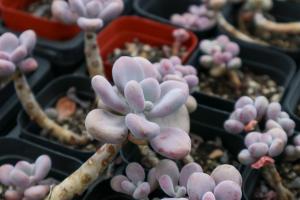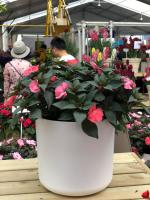Introduction
Tomatoes are a popular, nutritious plant that require proper care for optimal growth and yield. One question that often arises among growers is whether or not it is good to mist tomato plants. In this article, we will explore the potential benefits and drawbacks of misting tomato plants.
Factors to Consider
Before delving into the benefits and drawbacks of misting tomato plants, it is important to consider a few key factors. This includes the climate in which the tomato plants are growing, the stage of growth of the plant, and the frequency and intensity of the misting.
Potential Benefits of Misting Tomato Plants
Misting tomato plants can offer several potential benefits. For one, consistent misting can help to increase the overall humidity of the tomato plant’s environment. This can be especially beneficial in hot, dry climates where the tomato plant may struggle to retain enough moisture. Increased humidity can also help to prevent the buildup of harmful pests or diseases.
Furthermore, misting can also provide a cooling effect on the plant, particularly during times of high heat. This can help to prevent the tomato plant from becoming stressed or overheated, improving its overall health and yield potential.
Potential Drawbacks of Misting Tomato Plants
Despite its potential benefits, misting tomato plants can also have drawbacks. For one, over-misting can lead to waterlogged soil or leaves, which can create an ideal environment for pests and diseases to thrive. This can ultimately harm the tomato plant’s growth and yield.
In addition, misting can also interfere with the process of pollination. The water droplets can cling to the plant’s flowers, which can prevent bees and other pollinators from being able to effectively pollinate the plant. This can reduce fruit set and ultimately result in a lower yield.
Best Practices for Misting Tomato Plants
If you do decide to mist your tomato plants, it is important to follow some best practices to ensure optimal results. This includes misting in the morning or evening when the sun is not at its strongest, avoiding misting when the leaves are in direct sunlight, and using a fine mist spray to avoid overwatering the plant. Additionally, it is important to regularly check your tomato plants for signs of pests or disease and adjust your misting routine as needed to avoid creating an ideal environment for harmful organisms.
Conclusion
Whether or not it is good to mist tomato plants ultimately depends on several factors, including the climate, growth stage, and frequency/intensity of misting. While the practice can offer benefits such as increased humidity and cooling, it can also have drawbacks such as interfering with pollination and creating an ideal environment for pests and diseases. If you do decide to mist your tomato plants, be sure to follow best practices and monitor your plants’ health to ensure optimal results.

 how many times do yo...
how many times do yo... how many planted tre...
how many planted tre... how many pine trees ...
how many pine trees ... how many pecan trees...
how many pecan trees... how many plants comp...
how many plants comp... how many plants can ...
how many plants can ... how many plants and ...
how many plants and ... how many pepper plan...
how many pepper plan...
